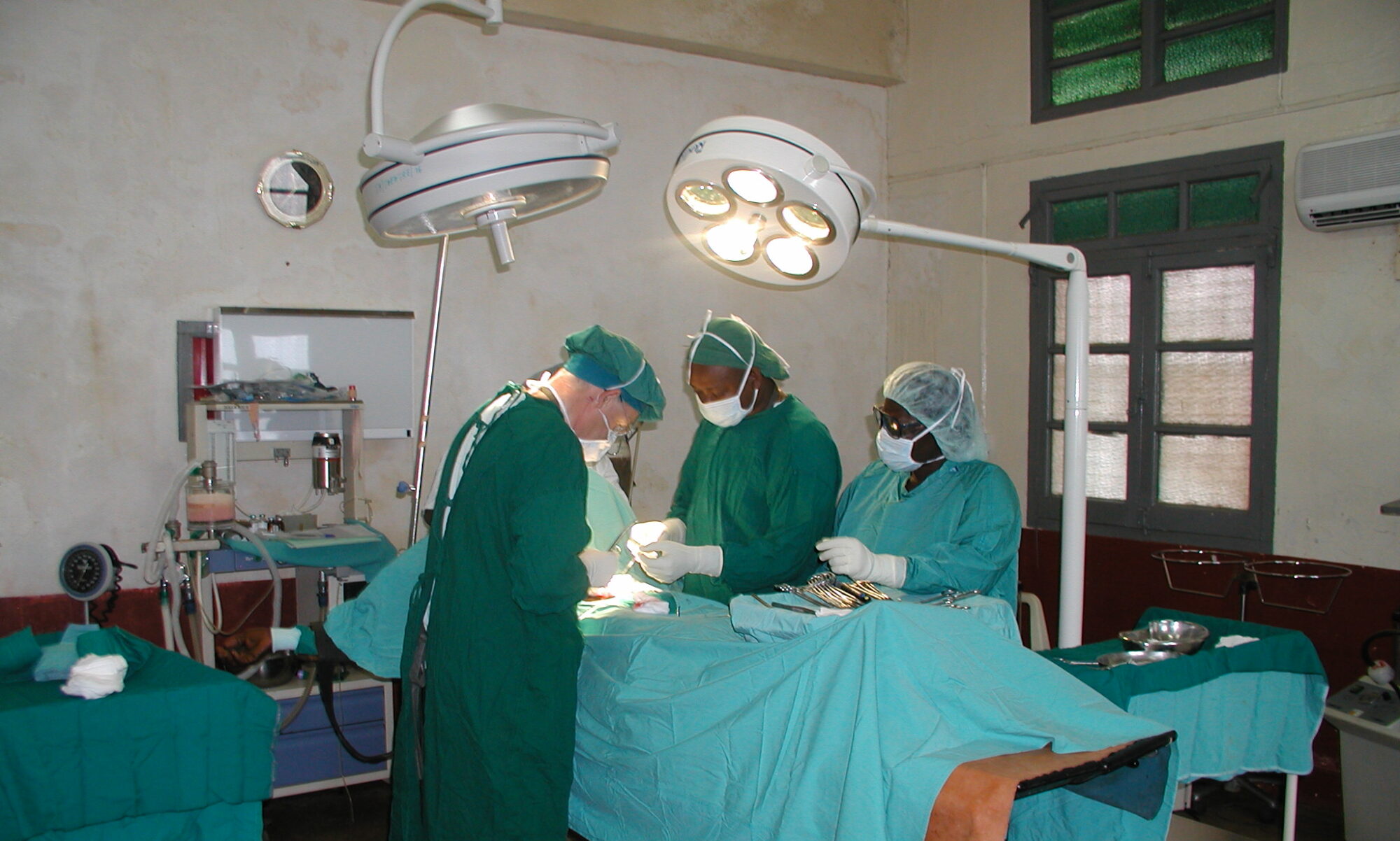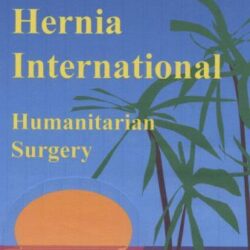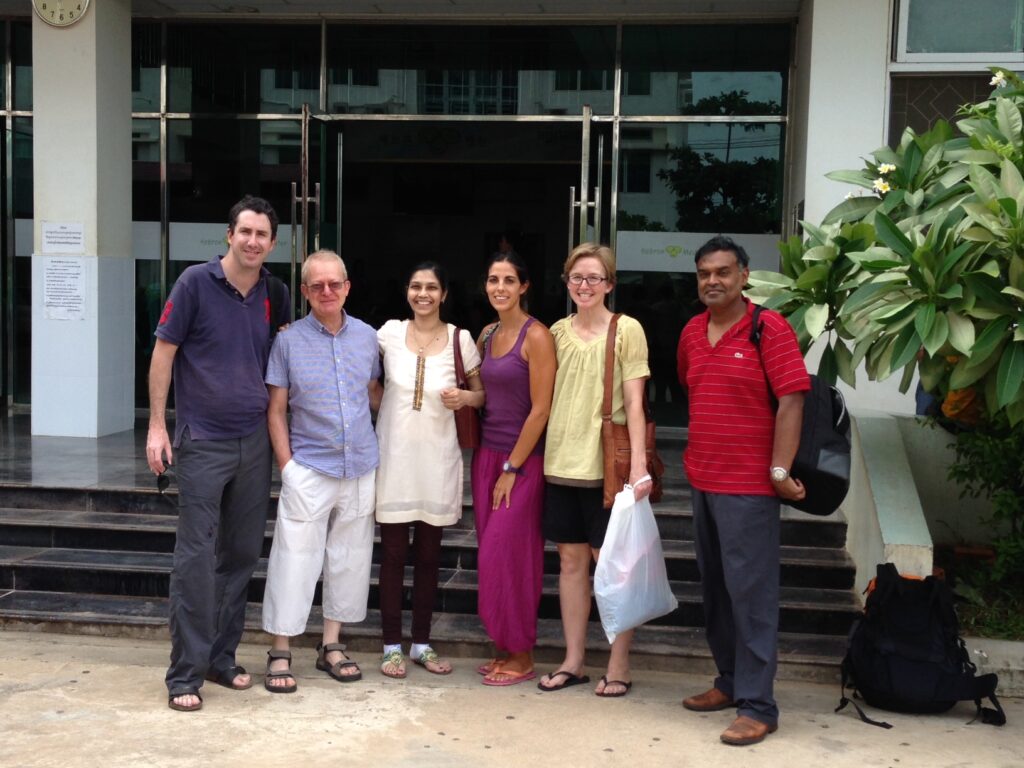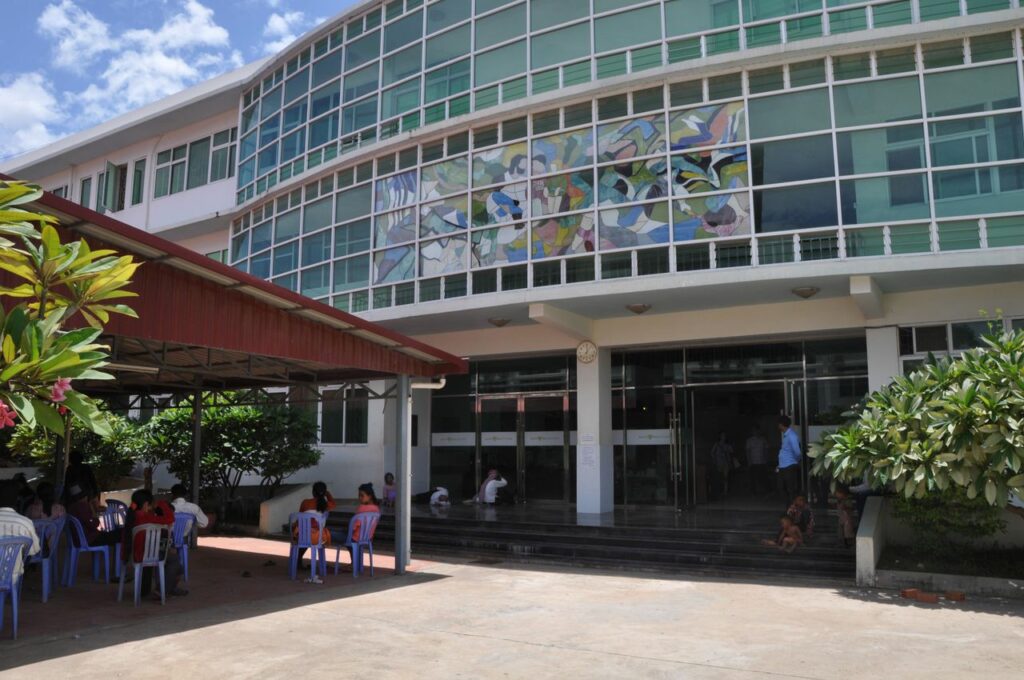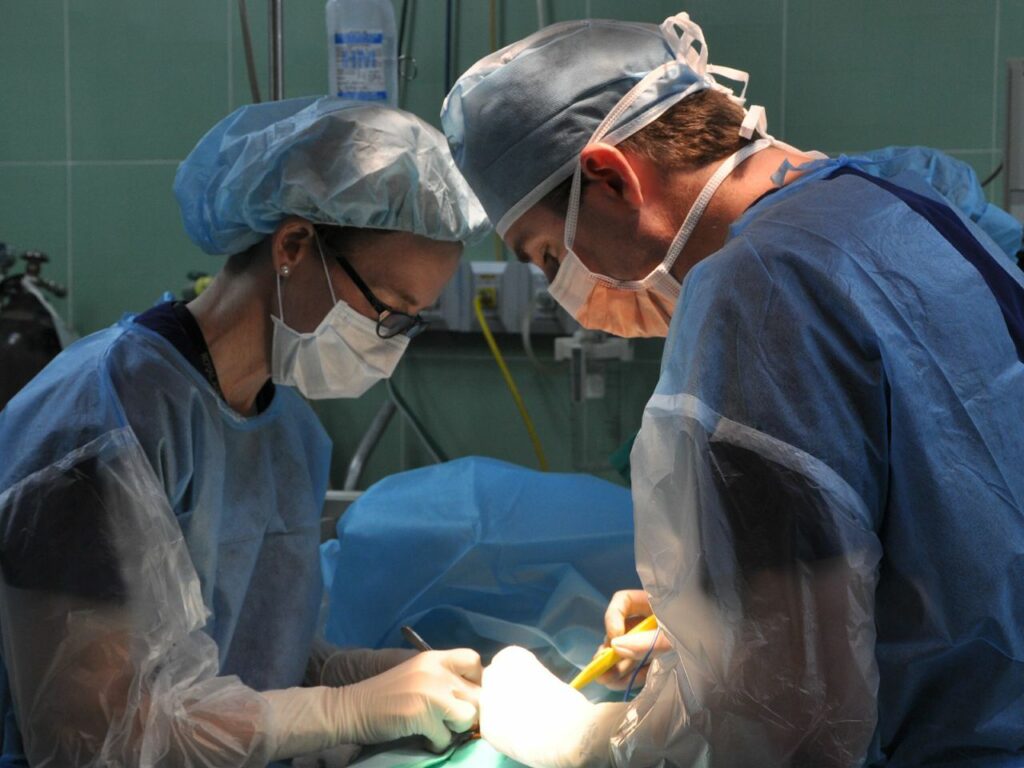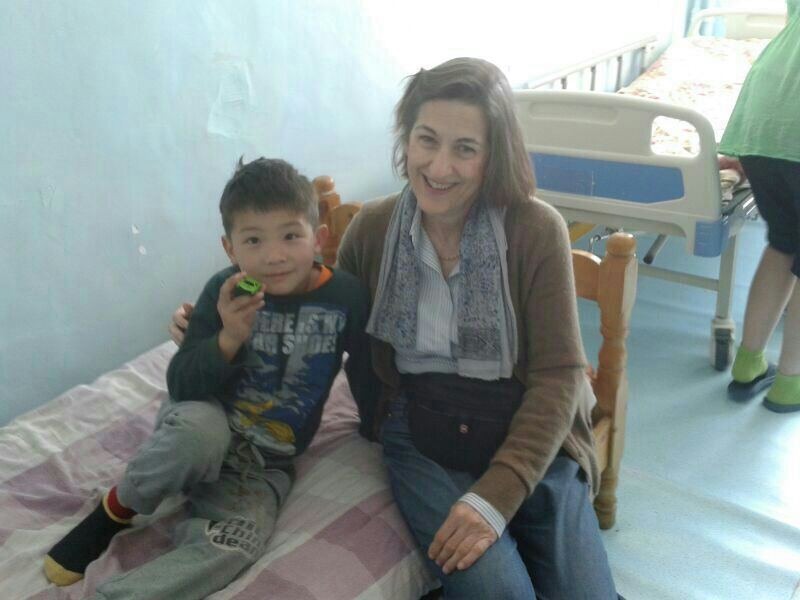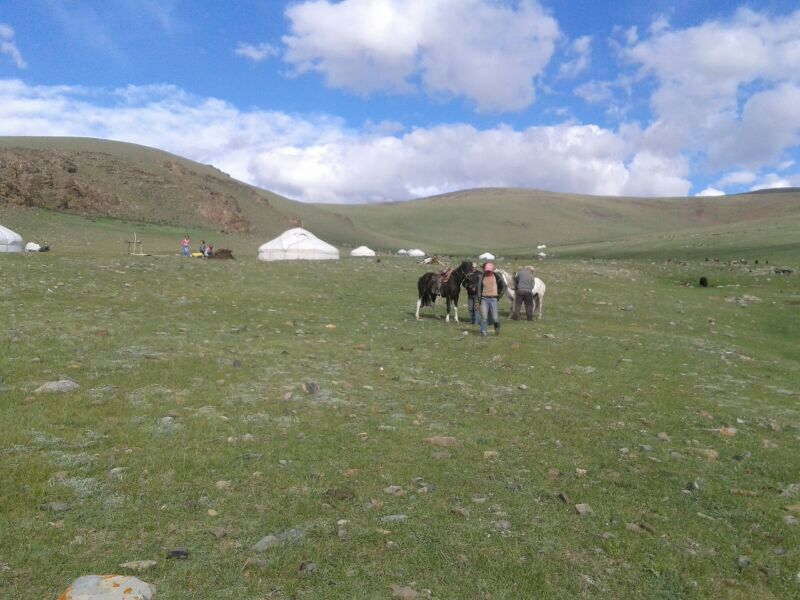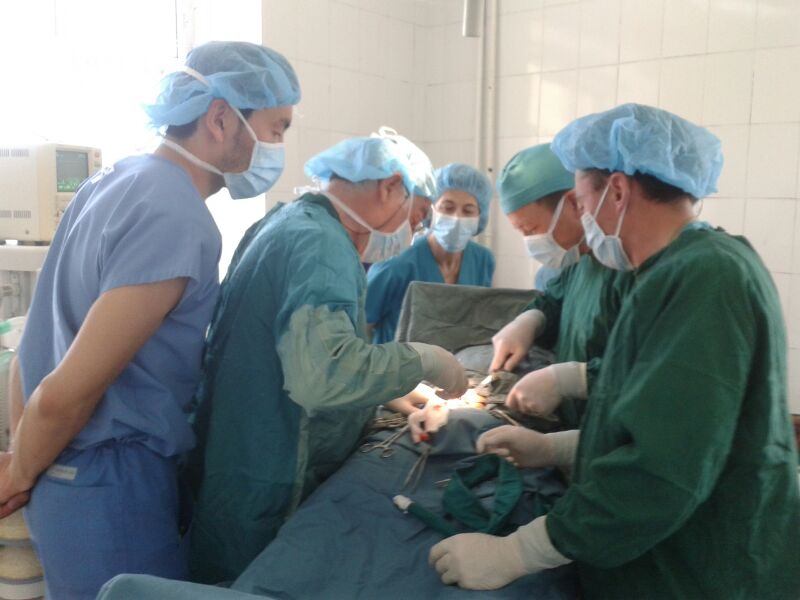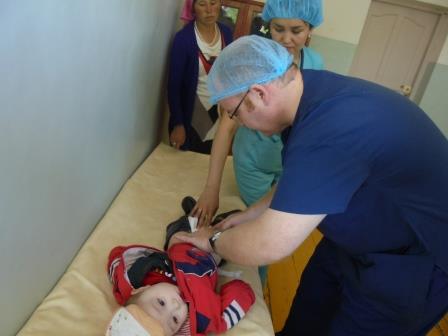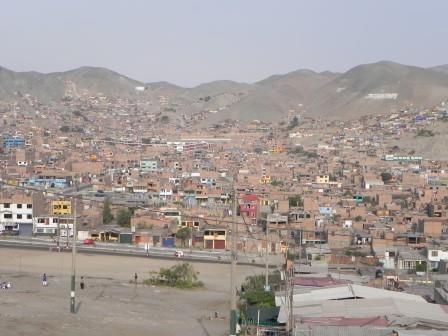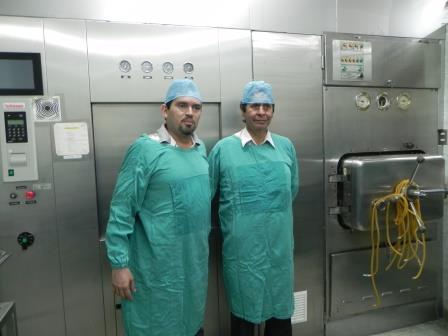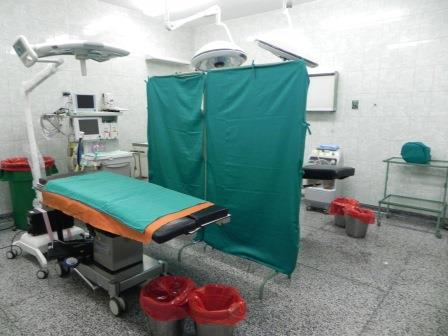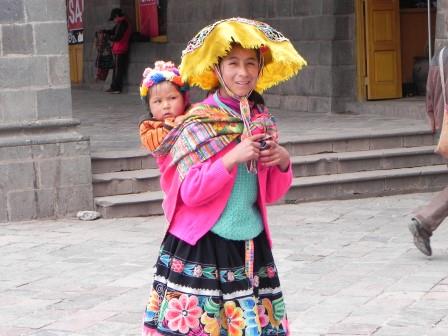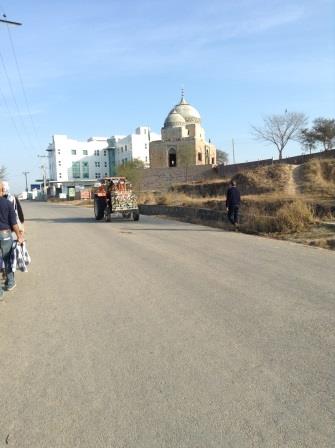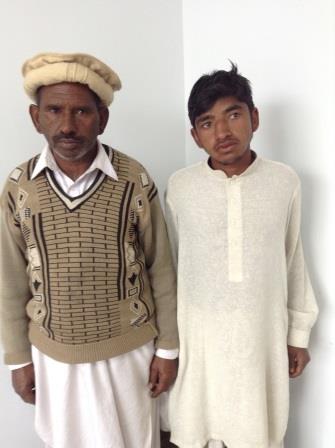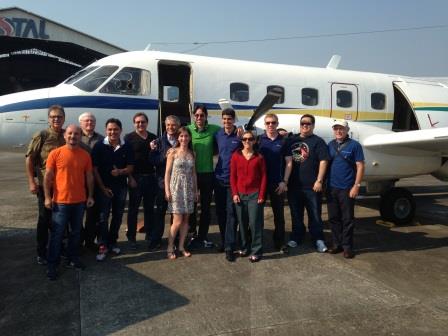
Team members: Andrew Kingsnorth, Antonella De Rosa, John Hack, David Earle, Angleo Sorge, Alberto Meyer, Artur Seabra, Elaine Marinho, Luiz Alfredo, Sidney Chalub, Flavio Malcher.
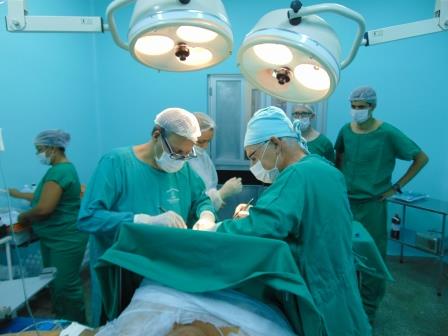
Brazil is the fifth largest economy in the world, and is the world’s fifth most populous country, with an estimated population of 202,768,562 in 2014. The Brazilian health system consists of public and private components. The public subsector (the Unified Health System; Sistema Único de Saúde, SUS) was established in 1988 based on the principles of ‘health as a citizen’s right and the state’s duty.’ Since the creation of SUS access to health care has substantially improved, however regional disparities in healthcare still exist and are unacceptably large; the remote and poor regions of the north and northeast have reduced life expectancy compared to the south region, where life expectancy approaches that of rich countries.
The 2014 mission to Brazil was to the Amazonas state, in the northwest region. Most of the state is tropical rainforest with cities clustered along major waterways, accessible only by boat or plane. Manaus is the capital and the largest city, home to 45% of the states population.
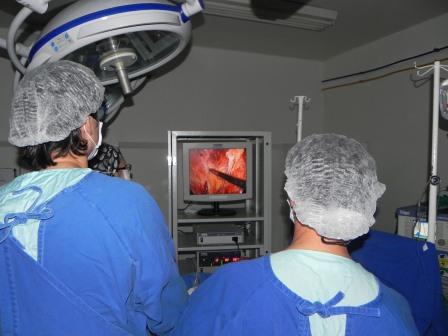
The following three government hospitals were visited:
Hospital Geral de Manacapuru. The city of Manacapuru is located 80km west of Manaus with an estimated population of 92,996 in 2014. The hospital has three operating theatres but only performs emergency surgery. There are no elective surgical lists because of the lack of surgical expertise.
Hospital Universitário Getúlio Vargas, Universidade Federal do Amazonas. This is the University Teaching Hospital in Manaus, which is a busy, public hospital with five operating theaters. The hospital has the facilities and equiptment to perform laparoscopic surgery including laparoscopic hernia repair.
Hospital Regional Dr. Hamilton Cidade, Manicoré. Manicoré is a small town located in the south-east of the Amazonas state with a population of 52,200 in 2014. The hospital is well equipped with three operating theatres however no emergency or elective surgery is performed because of a lack of surgical expertise. At the time of our visit there were no doctors working in the hospital, which was run solely by nursing staff.
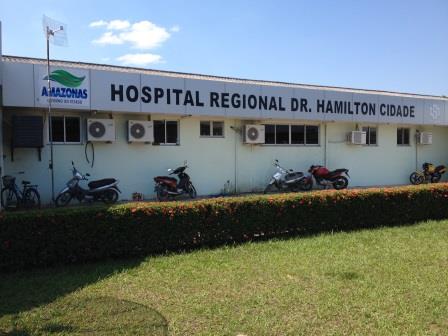
Eighty-nine hernias were repaired in 74 patients (female = 22, male = 52) with a median age of 44 years (range 2 – 83 years). Nine patients underwent more than one type of hernia repair, and there were 9 laparoscopic inguinal and ventral incisional hernia repairs. Local doctors were trained in hernia repair techniques, and an International Hernia Symposium was held at the University of the State of Amazonas, Manaus.
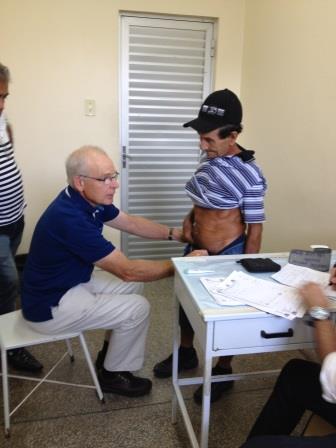
The humanitarian mission provided hernia surgery to the underserved population of Brazil and training to local doctors, building local sustainability. Practicing hernia surgeons from the host nation and the international surgeons were able to share ideas and learn from each other, a rewarding and invaluable experience for all team members.
Antonella De Rosa. September 2014
